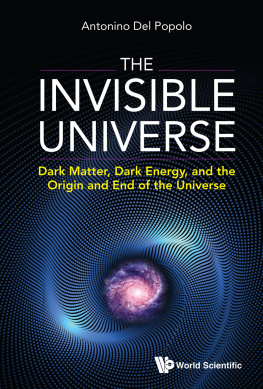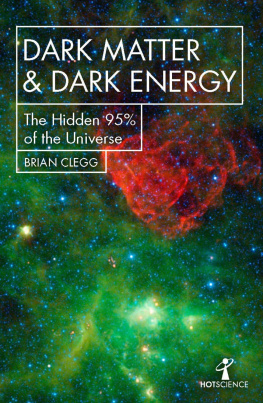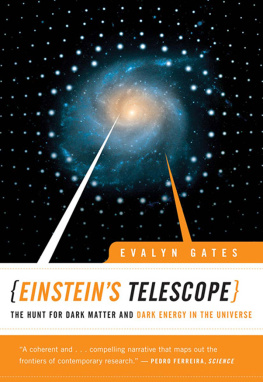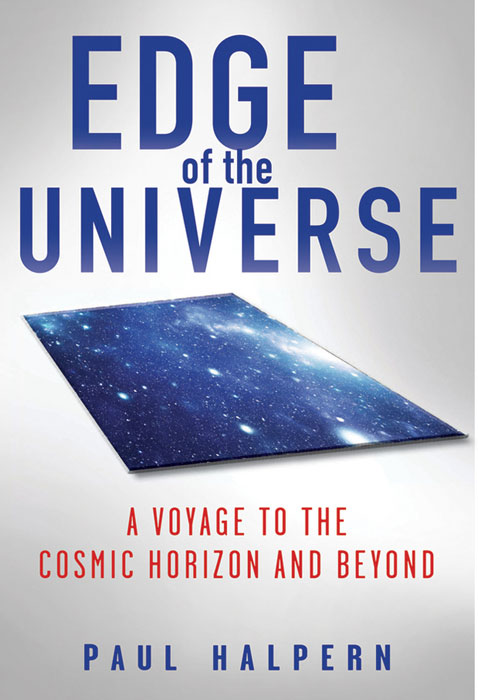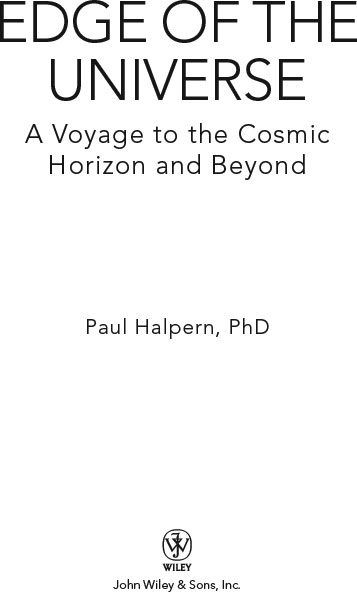Copyright 2012 by Paul Halpern. All rights reserved
Cover Image: iStockphoto
Cover Design: Jose Alamaguer
Published by John Wiley & Sons, Inc., Hoboken, New Jersey
Published simultaneously in Canada
No part of this publication may be reproduced, stored in a retrieval system, or transmitted in any form or by any means, electronic, mechanical, photocopying, recording, scanning, or otherwise, except as permitted under Section 107 or 108 of the 1976 United States Copyright Act, without either the prior written permission of the Publisher, or authorization through payment of the appropriate per-copy fee to the Copyright Clearance Center, 222 Rosewood Drive, Danvers, MA 01923, (978) 7508400, fax (978) 6468600, or on the web at www.copyright.com . Requests to the Publisher for permission should be addressed to the Permissions Department, John Wiley & Sons, Inc., 111 River Street, Hoboken, NJ 07030, (201) 7486011, fax (201) 7486008, or online at http://www.wiley.com/go/permissions .
Limit of Liability/Disclaimer of Warranty: While the publisher and the author have used their best efforts in preparing this book, they make no representations or warranties with respect to the accuracy or completeness of the contents of this book and specifically disclaim any implied warranties of merchantability or fitness for a particular purpose. No warranty may be created or extended by sales representatives or written sales materials. The advice and strategies contained herein may not be suitable for your situation. You should consult with a professional where appropriate. Neither the publisher nor the author shall be liable for any loss of profit or any other commercial damages, including but not limited to special, incidental, consequential, or other damages.
For general information about our other products and services, please contact our Customer Care Department within the United States at (800) 7622974, outside the United States at (317) 5723993 or fax (317) 5724002.
Wiley also publishes its books in a variety of electronic formats and by print-on-demand. Some content that appears in standard print versions of this book may not be available in other formats. For more information about Wiley products, visit us at www.wiley.com .
ISBN 978-0-470-63624-4 (cloth); ISBN 978-1-118-22082-5 (ebk);
ISBN 978-1-118- 23460-0 (ebk); ISBN 978-1-118- 25912-2 (ebk)
Dedicated, with love,
to Felicia, Eli, and Aden
Prologue
Cosmologys Extraordinary New Frontiers
Everything that we once believed about the universe is wrong! We thought that most of the material in space was made up of atoms, or at least of visible substances. Wrong! We thought that the expansion of the universe was slowing downthat its growth from the Big Bang was losing steam. Wrong again! We thought that galaxies were fairly evenly spread out and that there were no large regions of space without them. That was before the discovery of giant voids rendered that notion null and wrong once more! We thought that there was a single universeafter all, uni means one. While the jury is still out on that one, some scientists are already claiming evidence of a multiversea collection of parallel realities. So ultimately even the name universe could turn out to be wrong!
Welcome to twenty-first-century cosmology, a highly precise field that is unafraid to admit that the vast majority of the universe is made of things beyond our current understanding. Dark matter, dark energy, and vast voids in space are the much-discussed cosmological topics of today that, like the 1990s television series Seinfeld , are all about nothing. Nothingness is literally on cosmologists radar screens, as they are learning about the enormous gaps through comprehensive sky surveys by space-based and ground telescopes as well as by detailed probes of the radio signals left over from the dawn of time, among other sources.
Clearly these things arent really nothingwe just dont know enough to say what they are. Traditionally, astronomers have focused on what can be directly observedthe stuff of stars and planets. They estimate that about 4 to 5 percent of the universe is composed of conventional matter. But for those following the latest trends, ordinary matter is so twentieth-century. Weve been there, done that, and now wish to tackle the exquisite enigma of fathoming the unseen majority of the cosmos.
As the science of the entire physical universe, cosmology shifts its goals and scope in tandem with the ebb and flow of knowledge about space. Through modern techniques, many great mysteries that once baffled philosophers and scientists have been resolved. All manner of cosmological data point to a primordial era of the cosmos that was incredibly hot and unbelievably dense, called the Big Bang. Astronomers have homed in on the approximate age of the universe, 13.75 billion years (give or take 100 million years or so), and have developed a detailed picture of some of its early stages. Recent models estimate the size of the observable universe (the part potentially detectable by instruments that measure signals from space) to be approximately 93 billion light-years in diameter. Yet, ironically, it seems that as we learn more and more about the cosmos, we realize how much of it lies beyond our grasp.
Five centuries ago intrepid European explorers set sail beyond the seas visible horizon and mapped out lands hitherto unknown to them. Today, astronomers have embarked upon an even more extraordinary quest: to gauge the shape, horizons, and extent of the universe itself, including the enormous invisible regions. For this cosmic voyage, compasses, sextants, and parchment scrolls have been replaced by powerful telescopes, delicate microwave receivers, sophisticated computer algorithms, and a host of other tools for capturing light waves from across the spectrum. The emerging cartography of the universe is being pieced together from its immensely intricate record of luminous signalseven as we attempt to penetrate the secrets of the darkness. In this sunrise of the new cosmology, it is the multifarious hues of collected, scientifically analyzed light that will illuminate the endless night.
Darkness surrounds our world, broken only by scattered points of light. We are used to the void, and undaunted by the task of gleaning information from far-flung objects that only dimly announce their arrival each night. Our adeptness with fashioning light-gathering mirrors and lenses has served us well, enabling us to map out parts of space from which signals literally take billions of years to reach us. Astronomy is now comfortable with such challenges.
Yet we have grown increasingly cognizant of a far more perplexing darkness that so far has defied all attempts at understanding. While sheer nothingness without effect is easy to dismiss, invisible material that exerts unseen influence cannot be taken lightly. More and more, we realize that the things we observe are guided by substances we cannot see. The Milky Way and other galaxies have at their cores supermassive black holes, are steered by dark matter, and are driven apart by dark energy. These are three different types of cloaked entities. The latter two provide, when added up, the lions share of all the matter and energy in the universe.
At least we know what conventional black holes are made ofhighly compressed material states formed when the cores of massive stars catastrophically collapse. They are so gravitationally intense that nothing can escape their graspnot even light signals. Supermassive black holesmuch larger than the ordinary varietyformed from remnants of earlier, more massive stellar generations and likely played major roles in how galaxies such as the Milky Way assembled themselves. Thus, although black holes are mysterious, astronomers have constructed viable models about how they emerged.




